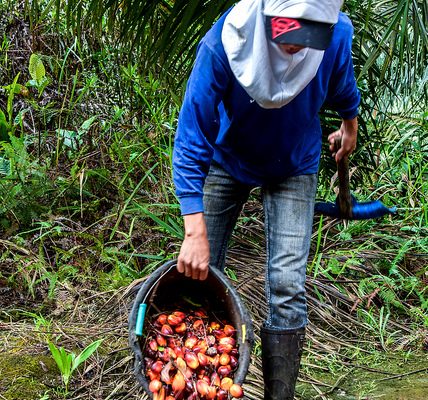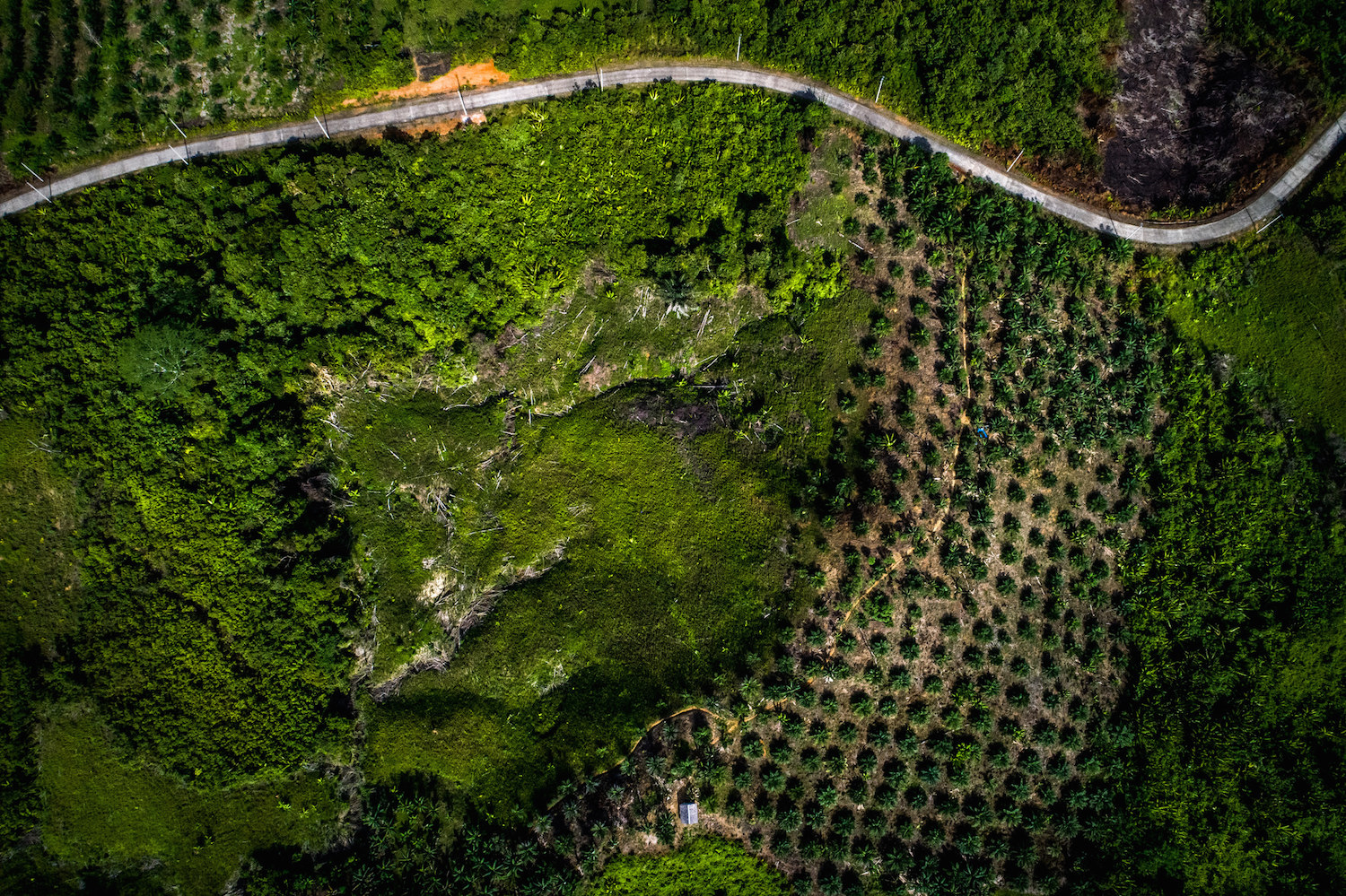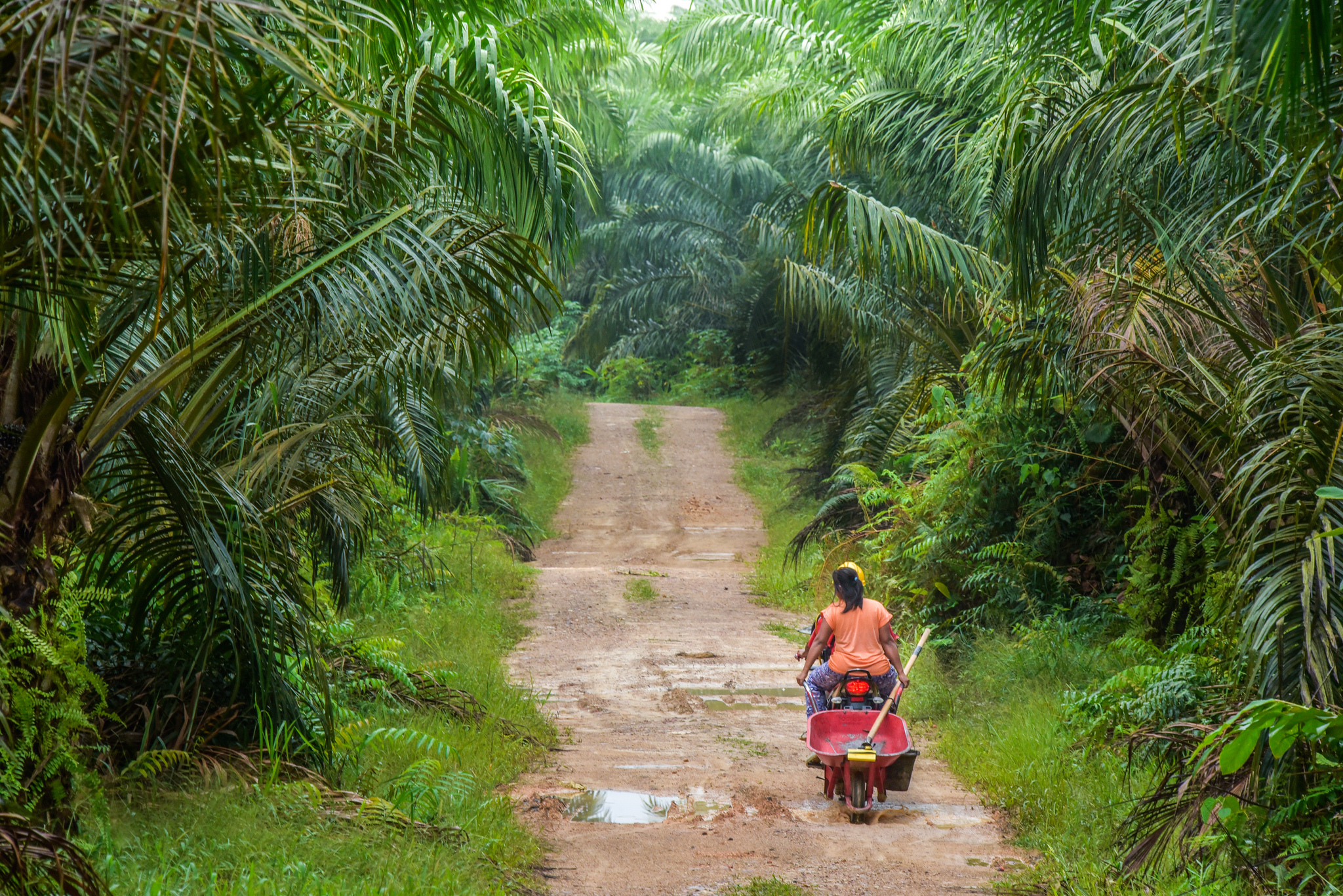We may not yet be able to time travel, but data modeling can help us to make more educated guesses about the future, and hopefully prompt better planning in the present, says Center for International Forestry Research (CIFOR) scientist and climate change mitigation expert Sunil Sharma.
Sharma is leading a new study that projects three potential future scenarios for oil palm cultivation in Indonesia’s West and Central Kalimantan provinces from 2017 to 2035, and, for each, maps the likely impacts on key ecosystem services (ES) therein.
From mapping out scenarios of what can happen (not to be confused with what will happen), we can learn from the future to determine what we can do now, says fellow CIFOR Scientist and study contributor Herry Purnomo.
The provinces cover part of one of the world’s biodiversity ‘hotspots,’ identified globally as a priority conservation area for its intact rainforests that support a high number of endemic species, as well as the livelihoods of millions. However, the region is also considered one of the hotspots for oil palm expansion, with some of the highest sectoral growth rates in all of Indonesia. The country is the biggest producer and exporter of the versatile commodity, and with global demand estimated to double by 2050, plantation expansion is likely to continue unless held in check.
That means that careful planning, which takes into account the trade-offs of changing land use for people, economy and environment, is particularly important, says Sharma.


PICK-A-PATH FOR OIL PALM FUTURES
The three possible scenarios for oil palm expansion in the two provinces include business-as-usual, sustainable intensification and conservation. “We wanted to get an idea of what would happen if we took one of these pathways: from the ES point of view, what do we lose and what do we gain?” explains Sharma. The ES considered were water yield, carbon storage, habitat, and timber and oil palm production.
Under a business-as-usual scenario, the researchers assumed that oil palm concession license holders would expand their plantations to all concession areas, in order to maximize economic opportunities. The study showed that if this were to happen, all ES would be negatively impacted because plantations would encroach onto old-growth and regrowth forests.
In the conservation scenario, stringent criteria would be applied to ensure environmental integrity and sustainability, including strict monitoring to avoid the clearance of intact forest and peatland for oil palm and timber plantations.
Unsurprisingly, the researchers found that the highest ES values would be generated in this situation. Carbon stocks would be enhanced, and habitat quality would remain stable relative to current land use.
The sustainable intensification scenario assumed that future expansion would occur only within the land most suitable for oil palm plantations and apply yield enhancement technology. In this case, carbon stock would also be positively impacted, because intensified oil palm plantations can sequester and store more carbon than degraded or agricultural land. Water yield would also benefit, while habitat quality would slightly deteriorate.
The researchers found that sustainable intensification offered something of a ‘compromise solution,’ as the supply of ES would be comparable to the conservation scenario, while the palm oil yield would not be significantly different to that of business-as-usual. However, it could impact food security, they note, because it would require extensive conversion of agricultural areas to oil palm plantations.
Communicating and convincing that sustainable intensification is the best alternative is a great challenge in the policy arena
TAKING A LONGER VIEW
What’s most likely to happen? Each of the scenarios is entirely possible, says co-author and CIFOR scientist Himlal Baral. From an emissions-reduction and biodiversity-protection point of view, the conservation scenario seems a no-brainer, and numerous studies have already shown that protecting forests provides much more value, in terms of the total economic value and ES they provide, than clearing them. “But it’s very difficult to prove those things to the government or companies or local communities, who need resources they can buy and sell in the market for immediate sources of income,” he says.
With that in mind, Baral concludes that the sustainable intensification scenario has great potential to fulfill the growing demand for oil palm and support livelihoods, while also protecting nature. He hopes the study will help policymakers to consider their alternatives more clearly, and ideally choose a middle path that balances human and environmental needs.
“I think this is the right way to go, so we can achieve more conservation while still satisfying the demand from the market and from our communities,” says Baral.
“Communicating and convincing that sustainable intensification is the best alternative is a great challenge in the policy arena,” says Purnomo. “Policy processes are influenced by political actors who have different and sometimes conflicting interests. At least this study can inform them on the trade-off between development and conservation in the context of oil palm development.”
The work forms part of the USAID-funded study Governing Oil Palm Landscapes for Sustainability (GOLS), which supports the implementation of the New York Declaration on Forests commitments by helping to align public and private policies and actions.
We want you to share Forests News content, which is licensed under Creative Commons Attribution-NonCommercial-ShareAlike 4.0 International (CC BY-NC-SA 4.0). This means you are free to redistribute our material for non-commercial purposes. All we ask is that you give Forests News appropriate credit and link to the original Forests News content, indicate if changes were made, and distribute your contributions under the same Creative Commons license. You must notify Forests News if you repost, reprint or reuse our materials by contacting forestsnews@cifor-icraf.org.


